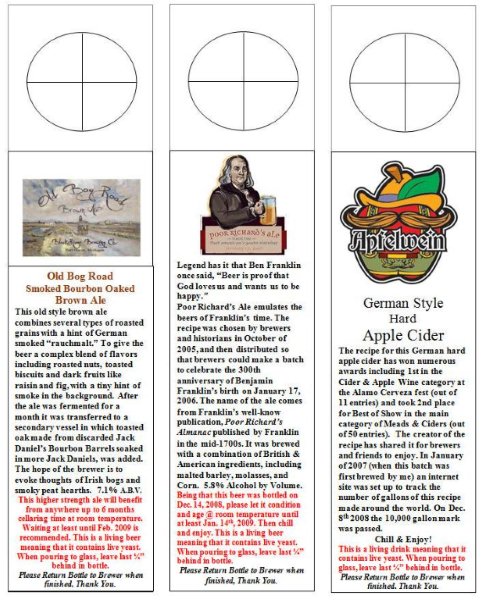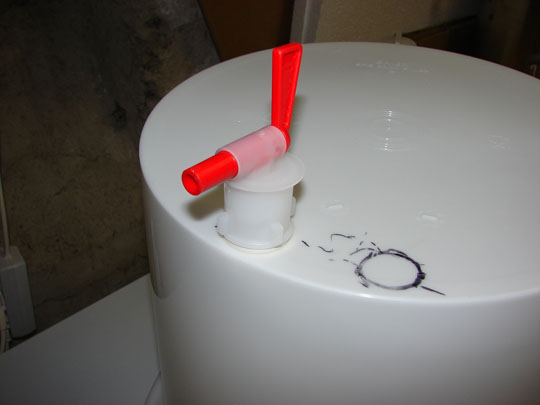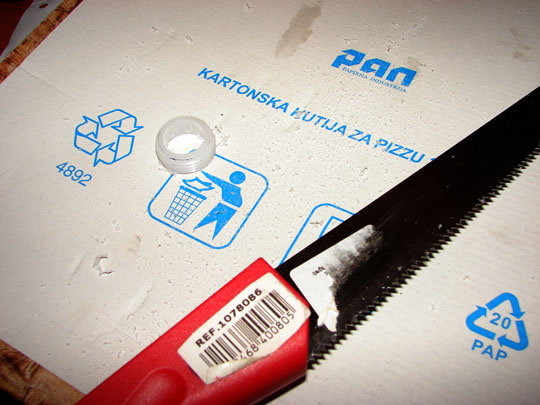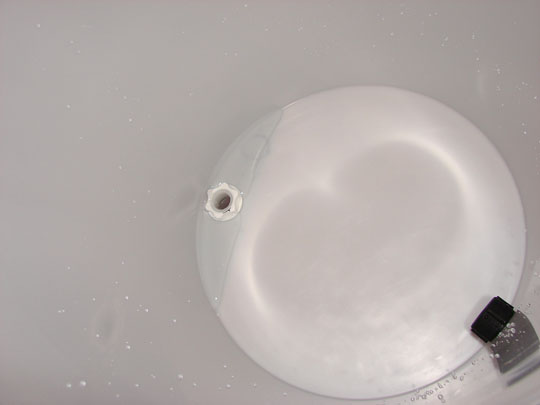womencantsail
Well-Known Member
I will be using a bucket with a "spigot" and the dishwasher for the bottling of my first batch (such as the setup shown in the OP). But I had a question regarding racking from the fermenter to my bottling bucket...
I have read many a passage in books and on the internet warning not to shake/slosh/stir the beer around so as to not oxidize it. My concern is that I will be bottling in the kitchen, but will have to move my carboy to get it there (it will be fermenting in another room, obviously). Is this not a problem or do I just need to make sure I take care to not disturb it too much?
I have read many a passage in books and on the internet warning not to shake/slosh/stir the beer around so as to not oxidize it. My concern is that I will be bottling in the kitchen, but will have to move my carboy to get it there (it will be fermenting in another room, obviously). Is this not a problem or do I just need to make sure I take care to not disturb it too much?

















































![Craft A Brew - Safale BE-256 Yeast - Fermentis - Belgian Ale Dry Yeast - For Belgian & Strong Ales - Ingredients for Home Brewing - Beer Making Supplies - [3 Pack]](https://m.media-amazon.com/images/I/51bcKEwQmWL._SL500_.jpg)










